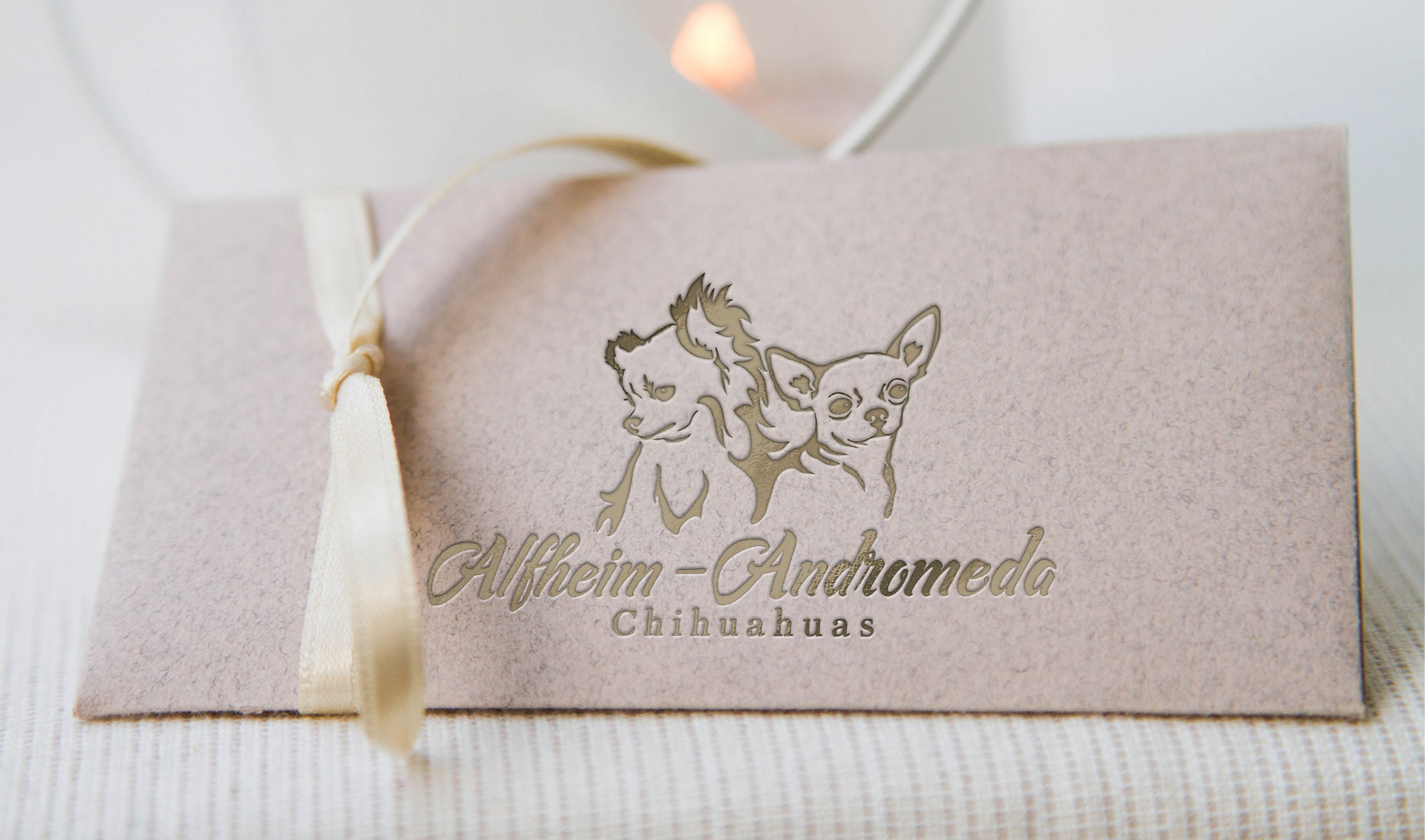The Dilute Gene - Blue x Blue is okay!
- Ansok
- Nov 29, 2022
- 3 min read
Updated: Nov 23, 2024
Examples of Dilute in Chihuahuas All the above dogs have been DNA tested as d1, d3, or both.
Breeding Blue Chihuahuas: Understanding Dilution Genetics with Confidence
One of the most frequent questions among Chihuahua breeders is whether it’s safe to breed two blue Chihuahuas together. Much of the concern stems from misunderstandings about the dilute gene and its potential implications for health. However, with proper knowledge and testing, breeding dilute Chihuahuas can be done responsibly while celebrating their unique and beautiful coat colors.
What Does Color Dilution Mean?
Color dilution is a cosmetic trait caused by recessive genes that lighten a dog’s coat color. In Chihuahuas, dilution affects eumelanin pigments, transforming black to blue (gray) and liver to Isabella (lilac). These colors are prized for their beauty and rarity within the breed.
Contrary to popular belief, dilution is not inherently a health condition. If your dilute Chihuahua has normal, healthy hair on its ears and body, it is simply a cosmetic feature. Most dilute Chihuahuas live healthy, happy lives with no issues related to their coat color.
The Genetics of Dilution
The dilute gene is located at the D locus. For a Chihuahua to display a dilute coat, it must inherit two copies of the recessive d allele (dd). Dogs with one or no copies (Dd or DD) will display standard, non-dilute colors.
Three Known Dilute Alleles
d1 Allele: Commonly associated with dilution in many breeds and may increase the likelihood of CDA.
d2 Allele: Found in breeds like the Sloughi and Thai Ridgeback, with limited documentation linking it to CDA.
d3 Allele: Seen at lower frequencies in several breeds and wolves. Unlike d1, the d3 allele is not strongly associated with CDA, making it safer for breeding dilute dogs.
Genetic testing for d1, d2, and d3 is widely available. Testing through platforms like Embark for Breeders can identify which alleles your dogs carry, aiding in informed decisions for breeding.
What is Color Dilution Alopecia (CDA)?
Color Dilution Alopecia (CDA) is a condition that can sometimes occur in dogs with dilute coats. Here’s what you need to know:
CDA Symptoms: Thinning or patchy hair loss and occasional skin infections.
Affected Breeds: More common in breeds like Blue Dobermans but rare in breeds like Weimaraners and Chihuahuas.
Impact: CDA affects coat quality but is not life-threatening.
It’s important to note that not all dilute dogs will develop CDA. Breeders can mitigate risks by understanding their dogs’ genetic makeup and ensuring pairings are thoughtfully planned.
Can You Breed Two Blue Chihuahuas Together?
Breeding two blue Chihuahuas is safe when done responsibly. Myths suggesting dilute dogs should never be bred together lack scientific support. By prioritizing health and utilizing modern genetic testing, you can confidently pair dilute Chihuahuas while maintaining the breed’s health and diversity.
Best Practices for Breeding Blue Chihuahuas
1. Utilize Genetic Testing
Embark and other platforms provide comprehensive genetic testing to identify the presence of d1, d2, and d3 alleles. This information helps breeders make pairings that minimize risks of CDA while maintaining desirable traits.
2. Monitor Coat Health
Dilution is primarily cosmetic. If your Chihuahua’s coat is full and vibrant with no patchy areas, it is unlikely to experience CDA-related issues. Regular monitoring ensures any potential problems are addressed early.
3. Focus on Genetic Diversity
For added confidence, pair dilute-coated Chihuahuas with non-dilute partners or dilute dogs with known healthy coats. Balancing coat traits with genetic diversity ensures healthier litters while preserving desirable colors.
Informed Breeding with Dilution Genetics
Dilution is a beautiful cosmetic feature that adds unique charm to Chihuahuas. By embracing scientific tools like genetic testing and focusing on health-first practices, breeders can responsibly include dilute Chihuahuas in their programs without compromising health or well-being.
Remember, a healthy dilute coat is simply an aesthetic trait—not a cause for concern. With thoughtful planning and a focus on genetic diversity, breeders can continue celebrating the beauty of blue Chihuahuas while ensuring their dogs’ long-term health.
Cited Sources
Institut für Genetik: Information on dilution alleles and their role in color genetics.
Embark Veterinary: Details on genetic testing and d1/d3 alleles in dogs.
Vetlexicon: Insights into color dilution and associated conditions.


![04[5287]_edited.png](https://static.wixstatic.com/media/19bc06_e20664f6f34a40a38ce600e39e177c3c~mv2.png/v1/fill/w_980,h_578,al_c,q_90,usm_0.66_1.00_0.01,enc_avif,quality_auto/19bc06_e20664f6f34a40a38ce600e39e177c3c~mv2.png)






































